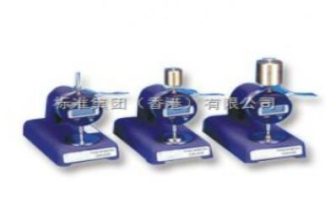
Carpet block thickness gauge
Compliant with standards:
BS 5920: 1980 (1996), BS 5921 (1996)
Applicable scope:
This thickness tester is used to determine the overall thickness of elastic carpets. The sample is placed between two pressure plates, and the pressure is determined based on the sample structure to measure the distance between the two plates.
Technical parameters:
1. Thickness gauge: digital;
2. Horseshoe mass: 500g;
3. Lower pressure plate: ≥ 15cm2;
4. Upper pressure plate: 8 mm, 11.3 mm, 25.3 mm, 50.0 mm, one for each specification, a total of 4 pieces;
5. Weights: 0.2kg, 0.4kg, 0.8kg, 5kg, one for each specification, a total of 4;
6. External dimensions: 300 x 400 x 550 mm (length x width x height);
7. Weight: 20kg.
Product details:
This thickness gauge can measure standard blankets up to 2000 square millimeters in size. Further thickness gauges for larger sizes are pending inquiry.
The blanket is placed on a steel mold plate with raised edges and can be read at all corners.
You can choose a data recorder (TTG: DTA) to calculate the average reading.
Test method:
1. Place the sample on a fixed lower clamp plate, with the sample facing upwards, and place it flat on the lower clamp plate. Place the horseshoe in the middle and align it with the upper pressure plate. Slowly lower the upper pressure plate until it comes into contact with the sample;
2. Apply a load for 5 seconds and read the thickness;
3. Unless otherwise specified, 5 samples need to be taken for each sampling;
4. Record the measurement values of each sample to the nearest 0.01mm.